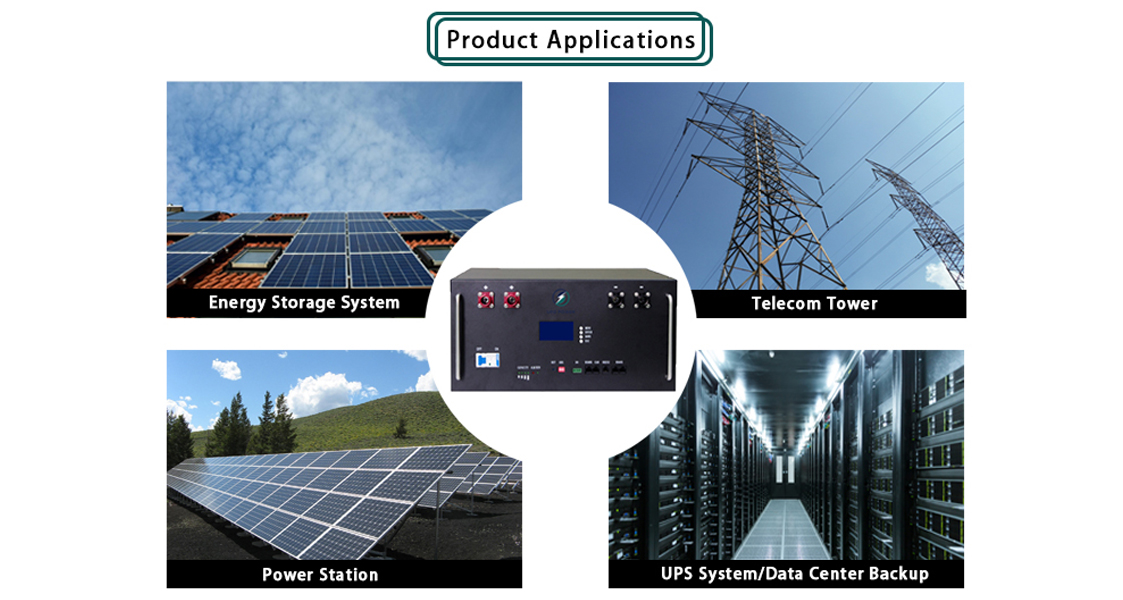The huge market potential has stimulated the global LED industry to actively grab the face. In the face of the rapid growth of white LEDs in the market, it has exceeded the scope of LED industry control of these key patents in all aspects, so the operators with key patents have also tried their best. The use of patent umbrellas to maintain market interests and to exclude new challengers.
For example, Nichia Chemical Co., Ltd. successfully developed blue LEDs in 1993, and the company’s attempt to completely monopolize the Blu-ray LED market has adopted a patent-pending strategy and has refused to license the patent to any other manufacturer. Set up patent barriers to enter the market. Nichia's long-term research and development advantages and patent protection strategies in the chemical industry, the beginning of the road to the monopoly of the blue LED market, as the tyrants in the wind, the ambition wants to swallow the world. In 1998, when Toyota's competitor Nitoride's high-brightness LED products were introduced on the market, Nichia filed a lawsuit in the Tokyo District Court, accusing Toyota of infringing its blue LED patent. In 1999, Nichia re-targeted Cree, a well-known blue LED manufacturer in the United States, to accuse the Tokyo District Court of Cree's local distributor Sumitomo Corporation infringing its product patents. On December 12, 2000, Cree and Japanese semiconductor manufacturer Rohm Corporation formed a technical alliance for Blu-ray LEDs and signed a five-year exclusive patent licensing contract. On December 15 of the same year, Rohm accused the US District Court of the Eastern District of Pennsylvania of the US manufacturing and sales of GaN LED products, infringing on US patents 6084899 and 6115399, and finally lost to Cree. In 2006, Nichia launched 9 patent litigations, 5 settlements ended, and three undecided, failing together.
Today, the five major companies Nichia, Osram, Toyoda Gosei, Cree and Lumileds almost control the entire white LED industry. The patents are dense here, and it can be said that the minefields are heavy, making other merchants who want to enter this field worry and discourage. Despite this, many companies are striving to gain a foothold in this field, the extensive and rapid application of white LEDs, and the strong investment of major companies in this field, patent infringement, cross-licensing and other legal matters continue to occur.
The patent layout of LED manufacturers in foreign countries is divided into three categories: blue crystal grain patent, white light phosphor packaging patent and high power LED patent. Because the white light phosphor patent is easier to prove, the past manufacturers' infringement comes from this, and the impact level is mainly LED downstream packaging factory. Recently, the form of high-power LED applied to LCD panel backlight has gradually formed, and the patent of high-power package is likely to become the main target of patent litigation after white light phosphor patent.
1

The potential signal of the return of Lithium Iron Phosphate Battery (LiFePO4) in the market shows that safety is prime precedence for battery. High energy density and high safety of the battery are also required for various applications. In fact, this expectation of battery is the same applies to telecommunication base station. UFO 48V 50Ah LiFePO4 Battery is suitable for base station applications. UFO POWER`s low-maintenance Lithium iron phosphate (LiFePO4) battery has provided reliable support for many overseas telecommunication base station.
Applications:

Feature of Rack Mount LiFePO4 Battery for Telecom Towers
â— Safe LiFePO4 Battery Cells
â— Modular Design for Limited Space
â— GPRS for Battery Remote Monitoring
â— Communication Function
â— Flexible capacity scalability
48V 50Ah Lifepo4 Battery,48V Battery Voltage Chart,48V Battery For Electric Scooter,48V Battery For Electric Bike
ShenZhen UFO Power Technology Co., Ltd. , https://www.ufobattery.com